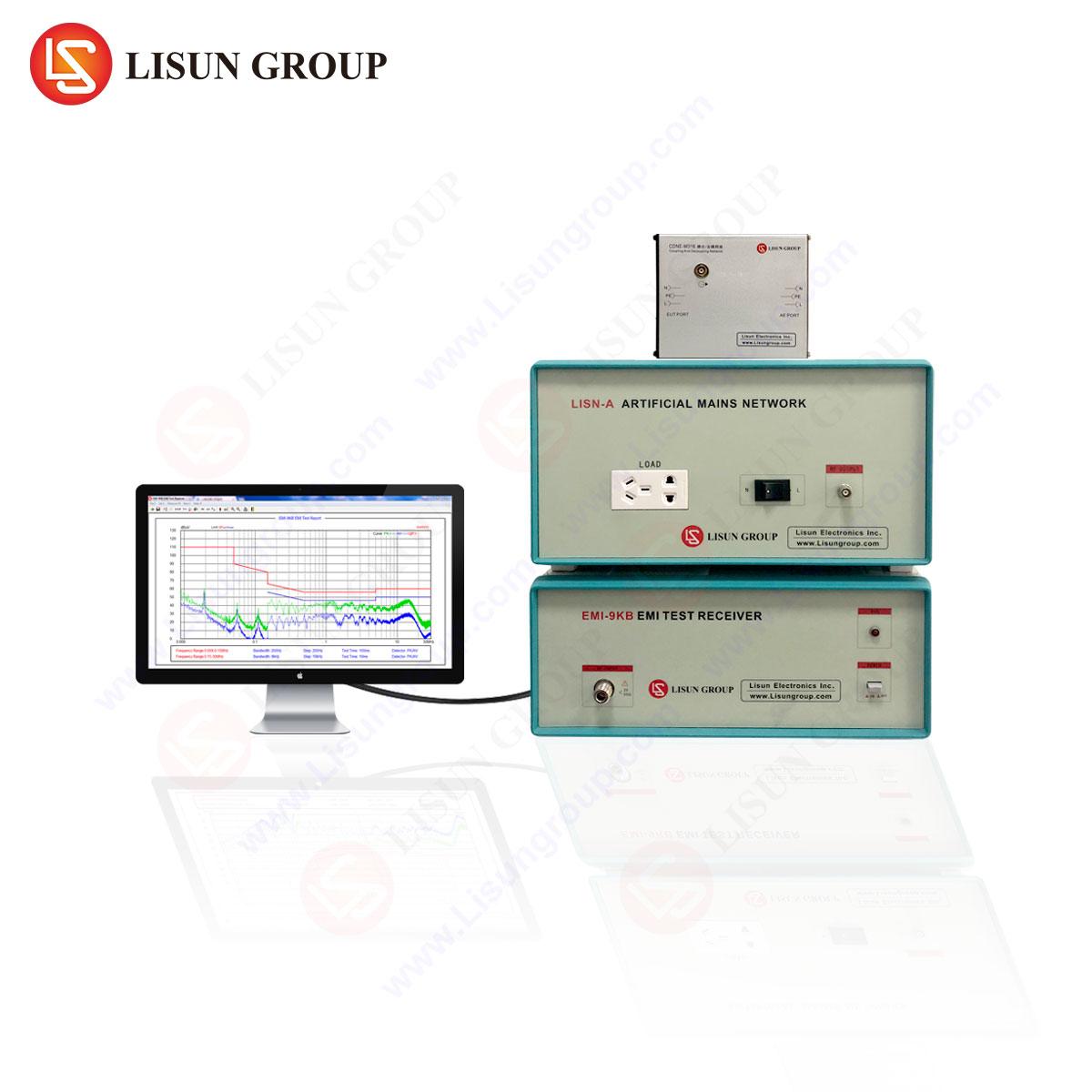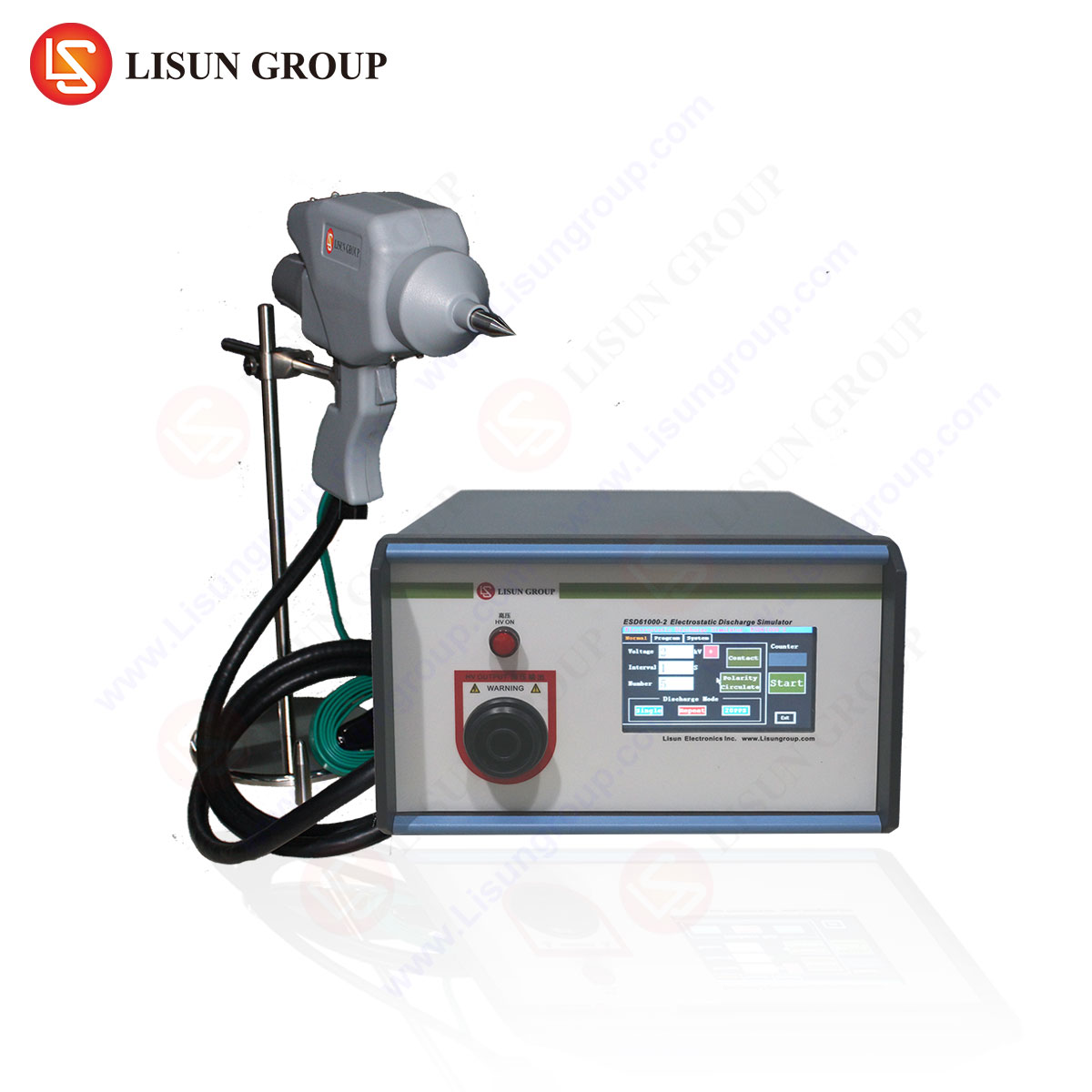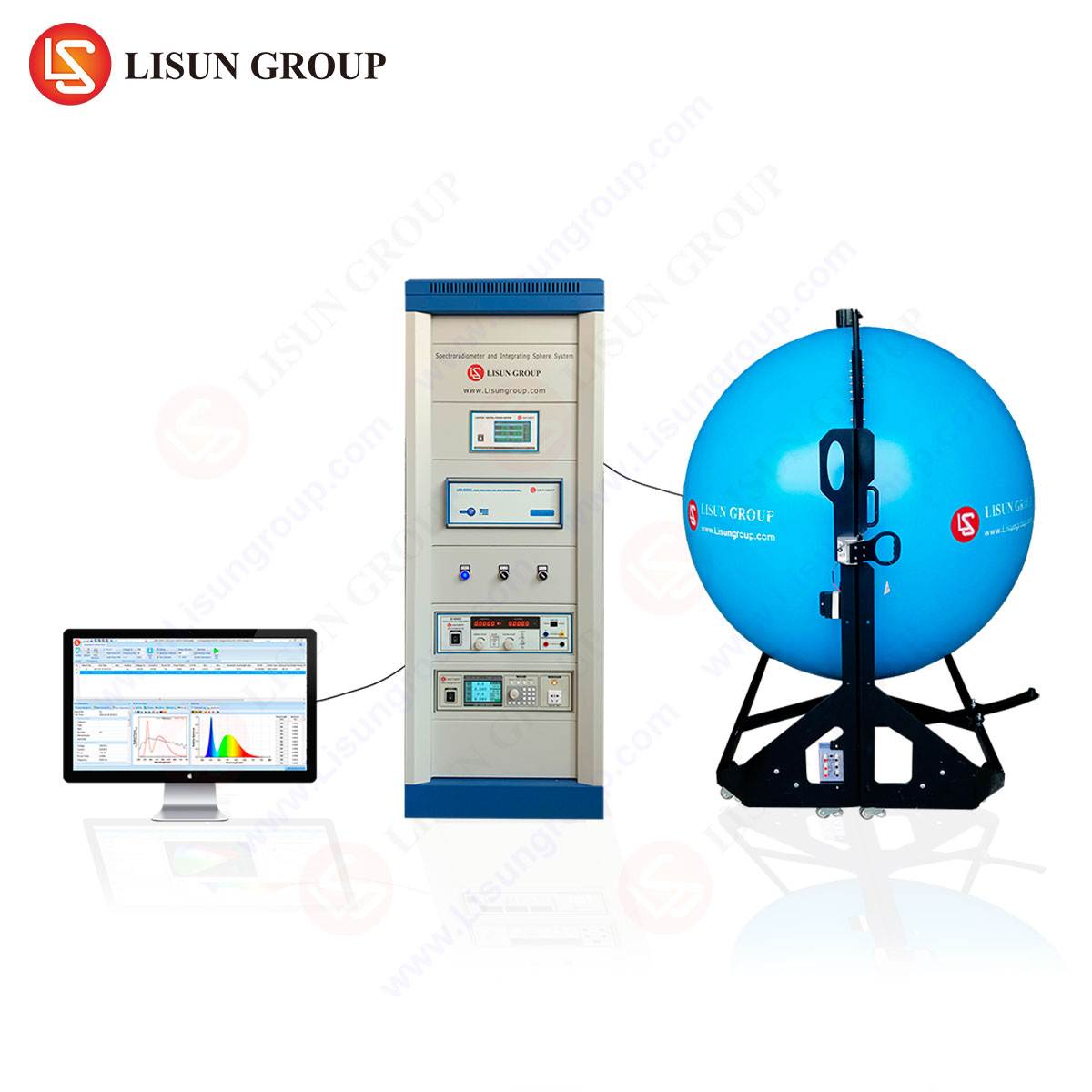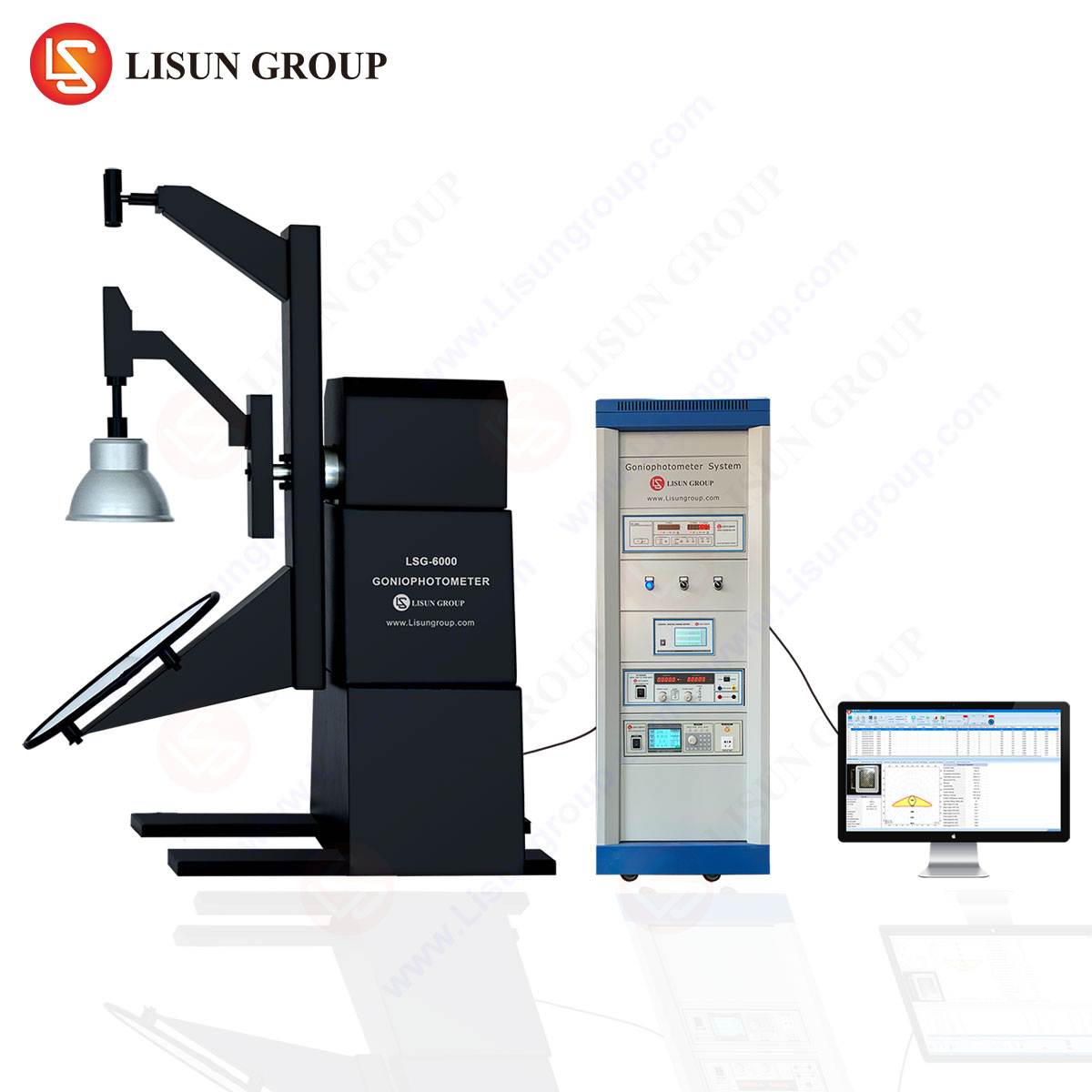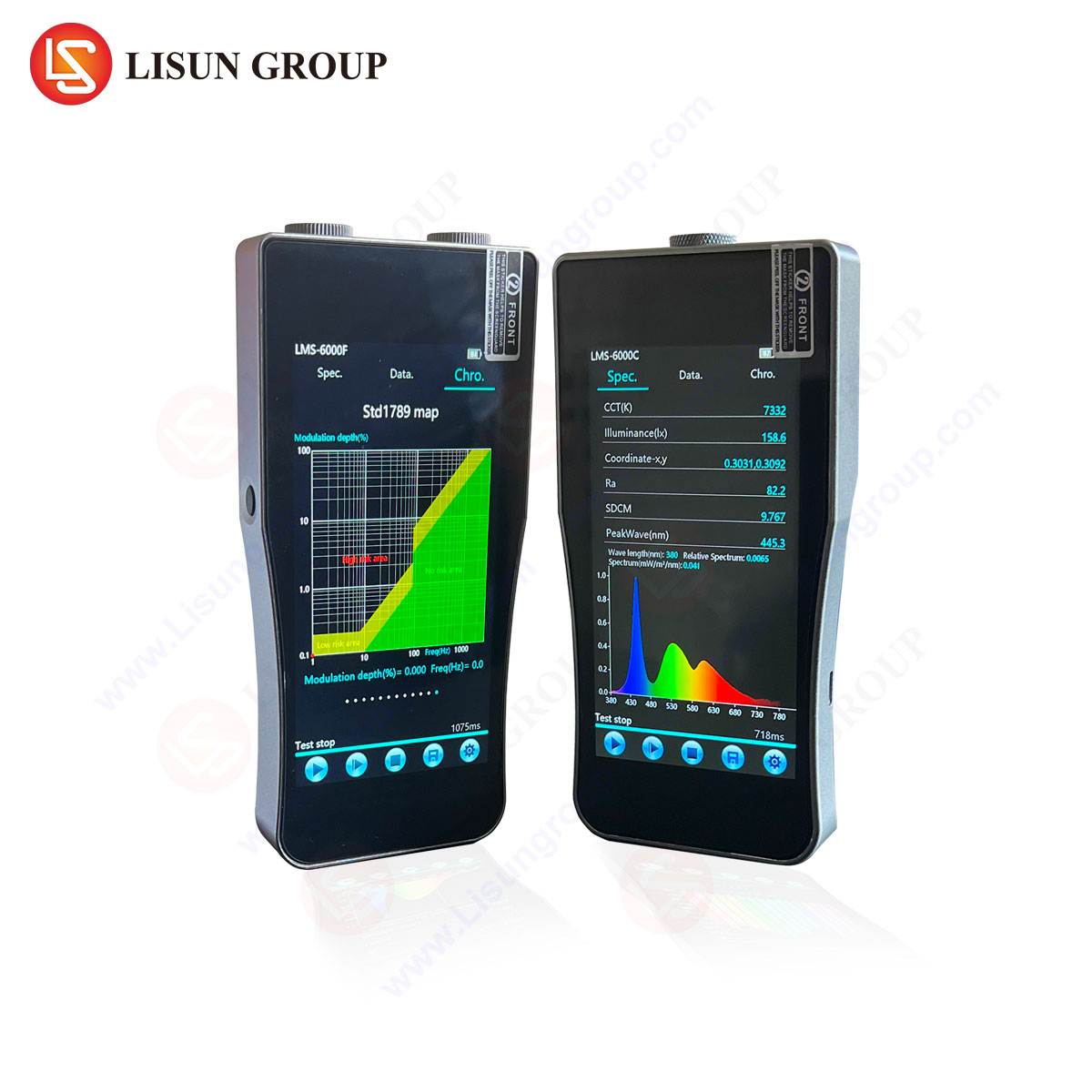A Comprehensive Guide to Transient Immunity Testing with Burst Surge Generators
Introduction to Electrical Fast Transient Burst Phenomena
Electrical Fast Transient/Burst (EFT/B) disturbances represent a class of common, repetitive, fast-rising transients that threaten the operational integrity of electronic and electrical equipment. These high-frequency, low-energy bursts are induced by the switching of inductive loads, such as relays, contactors, and motors, which are ubiquitous across industrial, commercial, and residential environments. The transient bursts, characterized by their short duration and high repetition rate, can infiltrate equipment through power supply lines and, in some cases, data and signal lines. The primary failure modes induced by EFT/B include processor latch-up, memory corruption, spurious reset events, and degradation of sensitive semiconductor components. Consequently, verifying a device’s immunity to these phenomena is a non-negotiable prerequisite for ensuring product reliability, safety, and compliance with international electromagnetic compatibility (EMC) standards.
Fundamental Principles of Burst Surge Testing
The objective of burst surge testing is to simulate the real-world transient interference described and assess the Equipment Under Test’s (EUT) resilience. The test applies a series of fast-rising pulse bursts to the EUT’s power ports and input/output ports. A standardized EFT/B pulse, as defined by standards such as IEC 61000-4-4, features a rise time of 5 nanoseconds and a duration of 50 nanoseconds, measured at 50% of the peak amplitude. These bursts are delivered in groups, or “bursts,” with a specific repetition rate and duration. The test evaluates whether the EUT can maintain its intended functionality without performance degradation or failure during and after the application of this stress. The coupling of these high-frequency signals onto the lines is achieved via a Coupling/Decoupling Network (CDN), which ensures the transients are applied consistently while isolating the test generator from the mains supply and protecting other equipment connected to the same network.
Architectural Overview of the LISUN SG61000-5 Surge Generator
The LISUN SG61000-5 Surge Generator is a sophisticated instrument engineered to perform a comprehensive suite of immunity tests, including EFT/B, Surge, and Voltage Dips & Interrupts, in full compliance with IEC 61000-4-4, IEC 61000-4-5, and IEC 61000-4-11. Its architecture integrates a high-voltage power supply, a precision pulse-forming network, advanced digital control circuitry, and a user-friendly interface. The generator is capable of producing EFT/B pulses with a peak voltage output of up to 4.4 kV for power ports and 2.2 kV for communication ports, with a 1 kV output into a 1000 Ω load. The pulse parameters are meticulously controlled to ensure they remain within the stringent tolerances specified by international standards, guaranteeing test repeatability and reproducibility across different laboratories and product development cycles.
Key Specifications of the LISUN SG61000-5:
- EFT/B Output Voltage: 0.25 – 4.4 kV (Open Circuit on Power Ports)
- EFT Pulse Rise Time: 5 ns ± 30%
- EFT Pulse Duration: 50 ns ± 30%
- Burst Period: 300 ms (for a 5 kHz repetition rate)
- Burst Duration: 15 ms
- Repetition Frequency: Selectable (e.g., 5 kHz, 100 kHz as per standard)
- Surge Waveforms: 1.2/50 μs (Voltage), 8/20 μs (Current), Combination Wave
- Surge Voltage: Up to 6.6 kV
- Compliance Standards: IEC 61000-4-4, -5, -11, -12, -14, EN 61000-4-4, -5, -11, -12, -14
Calibration and Verification of Test System Integrity
The accuracy and reliability of any EFT/B test are contingent upon the precise calibration of the surge generator and its associated components. Regular verification is mandated to ensure the output pulses conform to the standard’s waveform parameters. This process involves using a high-bandwidth oscilloscope and a specialized high-voltage differential probe to measure the generated pulses when applied to a calibrated 50 Ω load. Critical parameters such as peak voltage, rise time, and pulse width are measured and must fall within the defined tolerance bands. For the LISUN SG61000-5, the internal calibration routines and stable pulse-forming network contribute to long-term waveform fidelity, minimizing drift and ensuring that test results are legally defensible and consistent over time. A documented calibration schedule, traceable to national standards, is an essential component of a quality assurance system in any certified test laboratory.
Test Configuration and Coupling Methodologies
Proper test configuration is paramount for achieving valid and meaningful results. The EUT is situated on a ground reference plane, and its power and signal cables are arranged in a consistent, standardized manner. The LISUN SG61000-5, in conjunction with its series of CDNs, facilitates the application of transients.
- Common Mode Coupling: The burst is applied between all lines of a cable (e.g., L1, L2, L3, N) and the ground reference plane. This is the primary method for power port testing.
- Differential Mode Coupling: The burst is applied between individual line pairs (e.g., L1 to N). This tests the EUT’s resilience to asymmetrical disturbances.
- Capacitive Clamp Coupling: For unshielded multi-core data and signal cables that cannot be disconnected for a direct CDN connection, a capacitive clamp is used. The cable bundle is placed within the clamp, which capacitively couples the EFT/B pulses onto the lines without physical electrical contact.
The selection of coupling method, test voltage levels, and application duration is dictated by the product-specific immunity standard.
Application in Lighting Fixtures and Industrial Equipment
In the lighting fixtures industry, particularly with LED drivers and smart lighting systems, EFT/B testing is critical. A transient burst can cause visible flickering, premature dimming, or complete driver failure. The LISUN SG61000-5 subjects these drivers to repeated bursts, verifying that their internal switching power supplies remain stable. For industrial equipment, such as Programmable Logic Controllers (PLCs), variable frequency drives, and robotic arms, the operational environment is electrically hostile. The arcing of large contactors and motor starters generates intense EFT/B noise. Testing with the SG61000-5 ensures that control systems do not experience erroneous readings or program crashes, which could lead to costly production downtime or safety hazards.
Validation of Household Appliances and Medical Device Safety
Household appliances like washing machines, refrigerators, and induction cooktops contain microcontrollers and power electronics that are susceptible to transients from their own motors and compressors. Immunity testing validates that a washing machine’s control board will not reset during a spin cycle due to internal noise. In medical devices, the stakes are immeasurably higher. An infusion pump or patient monitor must operate flawlessly in a hospital environment filled with electromagnetic noise from other equipment. EFT/B testing with a reliable generator like the SG61000-5 is a mandatory part of the risk management process, directly contributing to patient safety and compliance with standards such as IEC 60601-1-2.
Ensuring Reliability in Automotive and Rail Transit Systems
The modern automobile is a network of Electronic Control Units (ECUs). Transients are generated by the switching of solenoids, relays, and motors (e.g., power windows, fuel pumps). The LISUN SG61000-5 can be used to test ECUs against ISO 7637-2 and other automotive EMC standards, simulating transients from the vehicle’s electrical system to prevent malfunctions in critical systems like engine management or braking. Similarly, in rail transit, the power system is a significant source of transients from pantograph arcing and converter switching. On-board electronics for traction control, signaling, and passenger information systems must be rigorously tested to ensure operational safety and reliability under these extreme conditions.
Testing Protocols for Information Technology and Communication Equipment
Information Technology Equipment (ITE) and communication transmission devices form the backbone of the digital infrastructure. Servers, routers, and switches must maintain data integrity and network availability. EFT/B disturbances coupled onto Ethernet or power-over-Ethernet (PoE) lines can cause packet loss, link drops, or hardware damage. The SG61000-5’s ability to test both power and data ports with precise, repeatable bursts makes it an indispensable tool for manufacturers aiming to meet stringent standards like IEC/EN 61000-4-4 and Telcordia GR-1089. This ensures network stability and minimizes service interruptions.
Advanced Capabilities for Aerospace and Power Equipment
The requirements for spacecraft and power equipment represent the pinnacle of reliability engineering. In aerospace, avionics systems must withstand transients from actuation systems and power bus fluctuations. While standards are often bespoke, the fundamental test principles remain. The SG61000-5’s high-voltage capabilities and waveform accuracy are suited for such demanding validation cycles. For power equipment like protective relays and smart grid sensors, immunity to surges and bursts is a grid reliability issue. These devices must remain operational during lightning-induced transients or switching events in substations to correctly isolate faults and prevent widespread blackouts.
Performance Benchmarking and Competitive Analysis
When benchmarked against other surge generators in its class, the LISUN SG61000-5 exhibits several distinct advantages. Its integration of three key immunity tests (EFT, Surge, Dips) into a single platform reduces capital expenditure and laboratory footprint. The instrument’s intuitive touchscreen interface and automated test sequences minimize operator error and enhance testing throughput. Furthermore, its robust construction and stable pulse generation network result in lower long-term maintenance costs and superior calibration stability compared to less sophisticated alternatives. This combination of multifunctionality, user-centric design, and operational reliability provides a compelling value proposition for test laboratories and R&D departments across diverse industries.
Interpreting Test Results and Failure Analysis
Following the application of the test sequence, the EUT’s performance is classified according to a pre-defined performance criterion, typically:
- Performance Criterion A: Normal performance within specified limits.
- Performance Criterion B: Temporary degradation or loss of function, self-recoverable.
- Performance Criterion C: Temporary degradation or loss of function requiring operator intervention.
- Performance Criterion D: Loss of function requiring repair or replacement.
A failure (Criterion C or D) necessitates a root cause analysis. Common culprits include insufficient filtering on power inputs, inadequate board-level shielding, or poor grounding schemes. The high repetition rate of the EFT/B can quickly identify marginal designs that might pass a single surge but fail under cumulative stress.
Frequently Asked Questions (FAQ)
Q1: What is the primary difference between an EFT/B test and a Surge test, and why are both necessary?
A1: An EFT/B test consists of high-frequency, low-energy, repetitive bursts designed to simulate interference from inductive load switching. A Surge test simulates high-energy, single-event transients from lightning strikes or major power system switching. Both are necessary because they stress a product in fundamentally different ways; a product robust against one may be vulnerable to the other. The LISUN SG61000-5 is capable of performing both tests.
Q2: How often should the LISUN SG61000-5 Surge Generator be calibrated?
A2: The calibration interval is typically recommended annually to ensure ongoing compliance with international standards. However, the interval may be shortened based on usage frequency, the criticality of the testing, or the requirements of an accrediting body. A regular verification check before critical test series is considered a best practice.
Q3: Can the SG61000-5 be used for automated, high-volume production line testing?
A3: Yes. The LISUN SG61000-5 features remote control capabilities via interfaces such as RS-232, USB, or Ethernet (LAN). This allows for its integration into automated test systems, where test sequences can be programmed and executed without manual intervention, making it suitable for quality assurance sampling in a production environment.
Q4: When testing a device with multiple power and I/O ports, what is the correct testing sequence?
A4: The applicable product family or generic EMC standard (e.g., IEC 61000-6-2) will specify the test sequence. Generally, the test is performed on each port type in turn. A common approach is to complete all tests on one port (e.g., all coupling modes and voltage levels) before proceeding to the next. The EUT should be in a stable operational state before applying bursts to a new port.
Q5: Our product includes a long communication cable. How do we ensure the EFT/B test is applied correctly?
A5: For long, unshielded communication cables, the use of a capacitive clamp is the prescribed method. The cable should be bundled and placed in the center of the clamp, which is positioned 0.1 m above the ground reference plane. The test standard will specify the length of cable that must be exposed to the clamp and the number of positions the cable should be rotated through to ensure uniform coupling.


